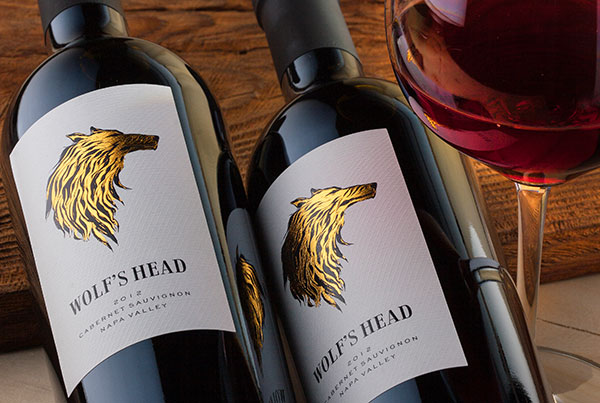Wine labels are expected to truly have a unique group of items. Some of those is definitely an liquor content. This should appear on the leading (or brand) label. When it comes time to design most of the details that enter a wine’s label you can find two areas which wineries give attention to in making th eir decision for what liquor content to use. The very first is around marketing criteria and the second is taking into consideration the federal rules guiding their percentage options.
eir decision for what liquor content to use. The very first is around marketing criteria and the second is taking into consideration the federal rules guiding their percentage options.
An alcohol content on a wine label is utilized by many customers as a guide in helping them create a buying decision. For this reason wineries place consideration about what proportion they put on different wine’s labels. The alcohol material gives a particular effect about the wine’s overall personality to the consumer and conclusions such as for example what forms of dishes to function it with are taken in to consideration. What this implies when wineries are selecting their label alcohols is that they can deliberately select a lower liquor as an example if they desire their clients to obtain the feeling of the wine being lighter in style.
In regards to making these specific conclusions about the actual proportion put on the label you will find specific recommendations that wineries must adhere to. These guidelines result from the Alcohol and Tobacco Tax and Industry Office, or TTB for short. The TTB’s recommendations in relation to label alcohols are derived from threshold ranges. For wines which are 14% or below within their liquor content the threshold range is plus or minus 1.5%. For wines above 14% the patience selection is 1.0%. What this implies is that whenever a winery is determining upon a product packaging design for a wine they first go through the true liquor material of this wine. From there they look at the patience range for it and then could see the number of the possibilities that to choose.
To give a couple of types of what this could seem like first let’s search at a wine with an alcohol below 14%. A wine by having an real alcohol of 13.3% has within their label alcohol alternatives an assortment from 11.8% to 14.0%. Observe that the greatest label liquor they could use because of this wine is 14.0%. The TTB doesn’t let them to move higher than that as 14% could be the cutoff point between two tax classes of wine. (Wineries pay various excise duty rates to the TTB centered on these label alcohols) So if this winery is looking to offer a lighter impression of the wine’s style they might opt to employ a label liquor of 12.0%, which can be at the reduced end of their allowable range.
When referring to wine marking, you will find that it may different in each country. That makes makers have to verify the regulations of the nations where in fact the wine is made and the wine will soon be sold. You will find that the newer labels can help you to obtain the information about the wine. You will even see that some labels are hard to read. Linked to the wine label , there are several clever recommendations as you are able to follow to read the label. By being able to see the label inside, you will be able to offer it well. Hence, you will have a way to enjoy it in the case that you have.
This is the first expression that you should understand in the wine label that you may find. Grape selection indicates the sort of grape that’s applied to make it, while the appellation shows the place where the grapes were grown. You will find that the wines which are manufactured in South America, North America, Africa, Australia set the grape variety on the label like the wine was made with Chardonnay, Pinot Noir or Sauvignon Blanc grapes.
For a wine with an liquor in the over 14% selection, state an liquor of 15.8% their screen of wine label alcohols could be from 14.8 to 16.8%. (plus or minus 1.0%) Florida wines in particular have now been raising within their liquor content for several years now, meaning wineries are burning up that permitted threshold range on a typical basis. Generally I have discovered they are using it through to the lower end of the spectrum therefore for our wine case here they would choose to employ a label alcohol of 14.8 or 15.0%.
The TTB does give advice to the wineries concerning how to round their liquor results. They are always curved to the nearest tenth. A wine with an alcohol of 13.95 times to 14.0% so is in the below 14% tax class. A wine with an alcohol of 14.05% models to 14.1% and therefore is in the aforementioned 14% tax class.
Needless to say, also wine for industrial applications might also place in such a thing they desire on the label. There might be a logo of the wine-producing company or the logo could possibly be title itself of the company. Quite simply, even industrial wine designers can make their wine labels look as beautiful as possible to be able to lure persons intro trying their products. When you talk about personal wine , the look of the label is more of a homage to a celebrant while for industrial wine , the label is made for advertising purposes.